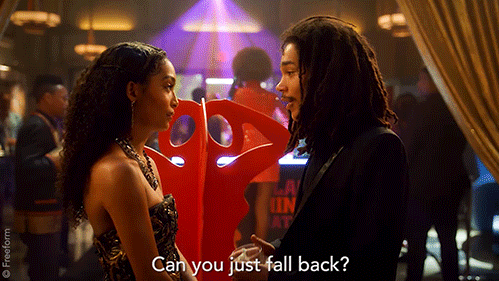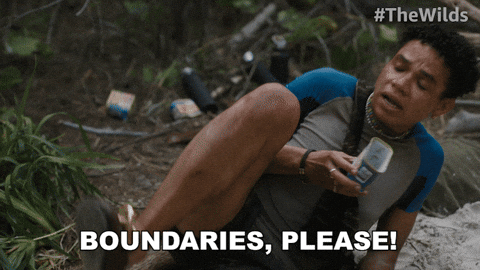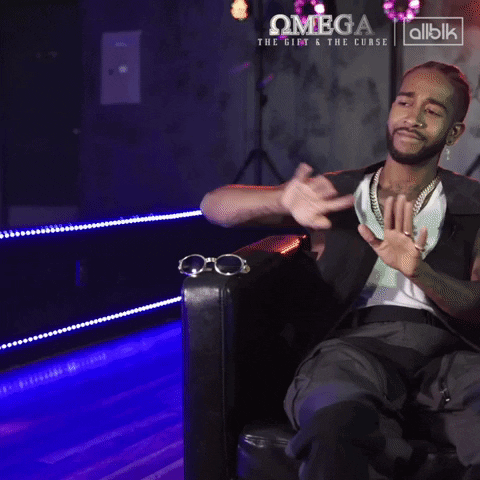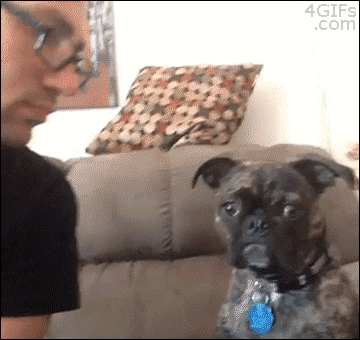Love isn’t one-size-fits-all. It’s more like silk—clinging differently to every curve.
We all crave to be touched, spoken to a certain way, held a certain way, and adored in ways that make our blood stir and our soul settle. But what ignites one person might leave another cold. What could make one person melt in your hands, another person might be immune to. At Gorgeous Diaries we find it important to know how to express your love to someone in various ways, learning not only what your good at but also what your partner or love is most responsive to and appreciates.
These gestures can put points on the board for you. It can set the bar high so that other competing for their love and attention would fumble or wont even come close. The Seductive Science of Love Languages”, first whispered into the world by Dr. Gary Chapman, are ways of giving and receiving affection and are more than just romantic fluff. They’re the keys to deeper emotional intimacy, better sex, more satisfying friendships, and breathtaking connection.
By the end of this journey, you’ll walk away with:
- A burning clarity about your own love language—and maybe your partner’s too.
- The ability to read someone’s emotional needs like a diary left wide open.
- A taste of how to give love so well… they’ll be begging for more.

The Origin of the Love Languages
Dr. Gary Chapman—a man who dared to decode the alchemy of affection—introduced the Five Love Languages in his 1992 book The Five Love Languages: How to Express Heartfelt Commitment to Your Mate. A marriage counselor with a flair for pattern-hunting, Chapman noticed a thrilling truth: people didn’t fall out of love; they just stopped speaking the same dialect of desire.
His idea exploded—because let’s face it—everyone wants to feel wanted, but not everyone wants it the same way.
Whether whispered sweet nothings or long glances across candlelight, the languages of love don’t discriminate. They’ve seeped from therapy couches into Tinder bios, late-night text convos, and whispered pillow talks. They’re not just pop psychology—they’re an aphrodisiac.
The 5 Love Languages
Ready to undress these five delicious dialects? Let’s tease them open, one by one.
1. Words of Affirmation
Talk dirty to me? Not quite—unless that’s what turns you on. This love language is all about verbal seduction, admiration of beauty or characteristics, compliments or expressions of desire, and statements of high regard towards the person our wish to show love to. It is essential a confidence booster, conformation of acceptance or just an affectionate ego stroke ( yeah, stroke that ego).
Give your partner your stamp of approval as often as the opportunity permits. Sometimes its even better when it is done in the public view of others, especially someone they care about ( friends, Coworkers, family, or anyone else that could bare witness) Surrender and confess spoken or written words that warms the heart and boost the ego. Make your lover feel good and secure in their relationship with you regardless of what kind of relationship it is. It can make a new relationship as strong as an old one just by saying exactly what that other person wants to or needs to hear. As stated before you get double the points (or the magical spell effect) if you boldly state these things not TO an audience or peers but without regard to their presence.
“You make me feel safe.”
“I love (something about you) “
“I’ve never wanted anyone like I want you.”
“God, the way your mind works turns me on.”
” I value your (_________).
“I appreciate (___________).
“Your the freaking best….”
“Your mine” or “Your my (____).
“You are soOo “
“I want you….and only you”
“I need you”
“I love You”
lovers thrive on compliments, expressions of appreciation, and heartfelt encouragement. Say it—(and say it again).
2. Acts of Service
Imagine waking up to fresh Starbucks on the nightstand, Room cleaned, dishes done, Car gassed up and warmed. Bra unclasped before you even ask. Imagine having some so in tune with you that before you have to process a thought or finish a sentence, and especially before you even ask for something its already done or on the way. If something needs fixing your partner has take the initiative to fix it. If there’s an errand on the list, one person (you) has turned into two and the work is divided as if its just the way nature intended, that’s acts of service
You ever met someone that just keeps going out of their way to do nice things for you. “lemme get that for you” or “can i help you with that”. They just seem suspiciously eager to serve you when all you want to do is be as independent as you usually are. Your probably thinking what’s their motive? What do they want…?
Well let me answer that for you. They want you!!
They want your attention and acceptance. They want to establish a good, healthy relationship with you. And most of all they want you to feel their love and admiration for you. So instead of just over thinking in their head they are physically expressing themselves to the point of physical exertion. Essentially they are saying they would walk or run a mile and back for you.
For some, actions speak louder than orgasms. It’s not about grand gestures; it’s about thoughtful, mindful, consistent effort. Folding their laundry. Running a bath. Picking them up after a long day when they’re too tired to stand. You have twice the energy, twice the mental power, and twice the work ethic, that you never even asked for, making life more of a breeze and less of a battle or struggle. They serve, you spike, and you both share the win.
Love becomes a verb—and damn, is it sexy.
3. Receiving Gifts
Forget Hallmark holidays. This isn’t about price tags; it’s about the thought, the chase, the thrill of being seen.
A handwritten note tucked in their bag. That candle that smells like their skin. The playlist you made for their rainy days. As tricky as gift giving can be, it is the act ( or art) of giving an offering to someone who’s aura you want to be wrapped in. They aim to win your favor. They want you to see them as they see you, worthy of blessings and praise.
Gifts you can give include:
Items of monetary value
Items of luxury
items of novelty
items of endearment
For gift lovers, the item is a token of memory—a talisman of devotion. It’s not greed. It’s tenderness, wrapped up in tissue and string.

4. Quality Time
Put down the phone. Look them in the eyes. Let the world dissolve until it’s just the two of you. Quality Time is about undivided attention. Everyone else is just a nuisance, parents, kids, friends, work associates, they’re just C-Blockers looking to spoil a good moment. So no distractions. No half-assing. No F-boy/girl stuff. Just treating the moment as if the person your with is entitled to forever with you if they want it. Your stealing a moment in time so time doesn’t matter. The world could be ending and you know you are right where you wanna be when it does. It’s slow-burning eye contact. Languid walks. Long conversations that last until the sun peeks through the blinds.
Quality time is all about conditioning the quality of an intimate moment of your life with another in a way in which you both can share and indulge in the best versions of yourselves.
People with this love language want presence, not presents. Your full attention is the foreplay.
5. Physical Touch
This is the body’s native tongue. There are so many biological vulnerabilities to exploit with the right touch in the right spot. But this isn’t about making unwanted or inappropriate contact. This is more about what you can communicate through physical touch, whether that could be security, acceptance, warmth, comfort, or more. Humans tent to crave physical touch (not everyone though so be cautious)
Touch is one of the five senses we use to perceive the world around us. Our perceptions trigger thoughts and emotion, which are governed by our hormones and other chemicals in the body. Touch can stimulate the synthesis and utilization of such hormones like dopamine, oxytocin, testosterone, estrogen, copulin
A hand brushing or holding onto a hip. A kiss on the neck mid-sentence. Hand holding with finger interlocked. Back rubs. Booty rubs. foot rubs or a whole body massage. It’s not just about sex—it’s about closeness, its about claiming with touch what words can’t say. That
From back scratches to tickles, these lovers feel love in their skin. Their bodies are conversation pieces—and they want to be spoken to.
Why Understanding Love Languages Matters
Lust is easy. Connection is art. And knowing someone’s love language? That’s your brush, baby.
- Emotional Connection: When you speak someone’s love language, you don’t just touch their heart—you unzip their soul. You become the one who gets them. And nothing is more arousing than being understood. You establish emotional familiarity and yearning making you and your other half two halves of the same puzzle.
- Avoiding Miscommunication: Ever felt unloved even when someone was trying hard? Maybe they were speaking in gestures when you needed words. When you know your language—and theirs—you stop fumbling in the dark.
- Customizing Care: Love is not a mass-market product. It’s bespoke. Tailored. Intimately fitted to each person’s needs. Your required to be surgical with this love language. This knowledge lets you love like a scalpel, precise and unforgettable.
Conclusion
So, what are the 5 love languages? They’re not just a list. They’re a lens—to see and be seen by your lover, your friends, even yourself, with a new depth.
You now know:
- The five unique love languages and what they really mean
- How each one looks and feels in the heat of connection
- Why they matter more than ever in this overstimulated, under-intimate world
And now comes the tease.
What’s your love language?
If you don’t know… maybe it’s time you found out. Because once you do, you won’t just want love—you’ll know how to command it.










Leave a Reply